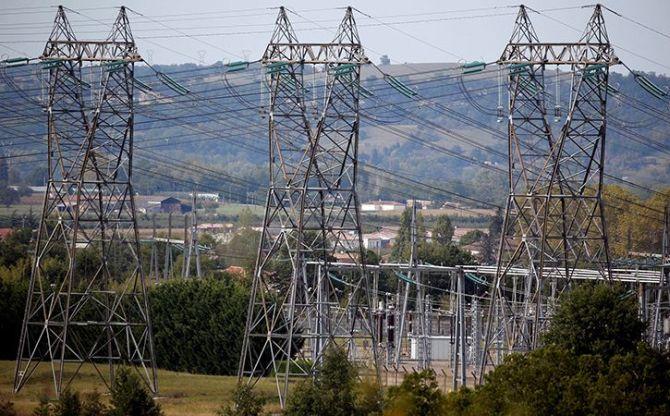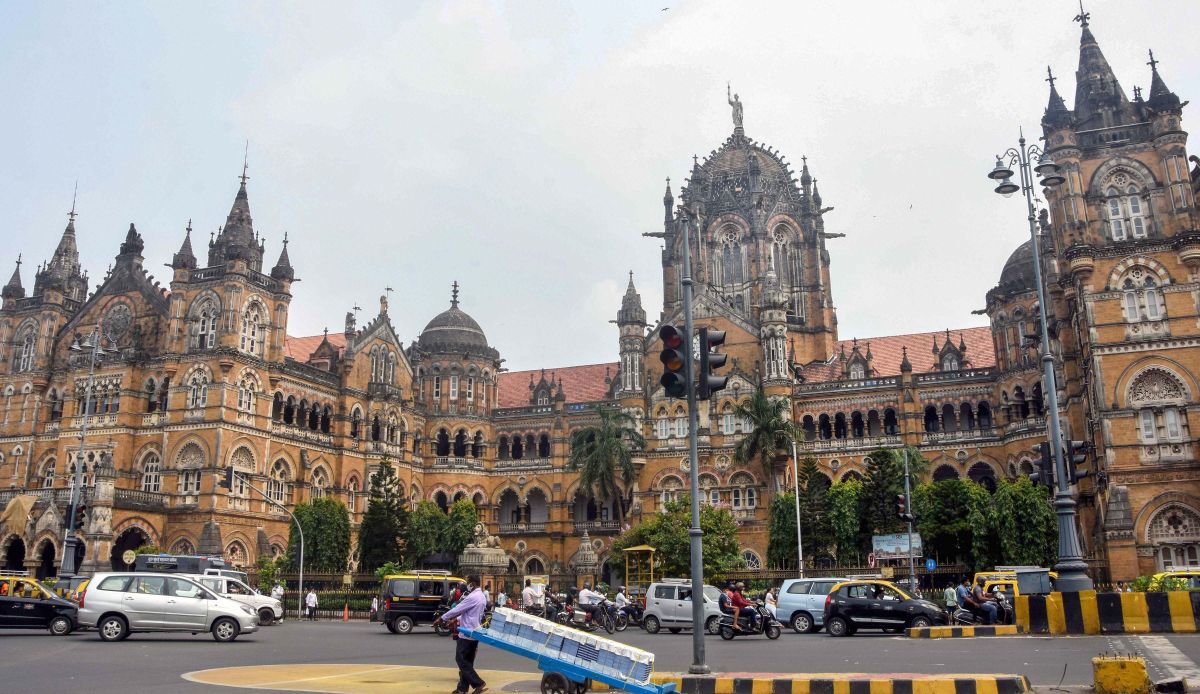In all likelihood, the next conventional Chinese attack on India would be preceded by a massive cyber attack designed to cripple Indian networks and interfere with our disaster-relief programmes.

Speaking at an annual gathering of the Confederation of Indian Industry in New Delhi recently, Defence Minister Rajnath Singh implored captains of the defence industry -- not for the first time -- to innovate in futuristic technologies 'to transform India from (being) a follower to a leader'.
Demonstrating the Bharatiya Janata Party's talent for slogans, Singh observed that India's population had to be converted from a 'wealth-consuming entity' into a 'wealth-creating resource'.
However, it will take more than catchphrases for our defence industry to begin churning out the defence equipment needed to become Aatmanirbhar Bharat -- another much-used government phrase that means self-reliant.
Meanwhile, the world has watched riveted as the two most recent shooting wars -- Azerbaijan's rout of Armenia in 2020 and Russia's failure to subdue Ukraine even after over 450 days of fighting -- signal a major change in the nature of inter-State warfare.
This has surprised many, given that combat tactics have remained largely the same since the American Civil War (1861-1865) and World War I (1914-1918), when the lethality of automatic weapons and the ubiquitous presence of long-range field artillery 'emptied the battlefield', with soldiers sheltering behind cover or in underground pillboxes to reduce casualties.

In the battlefield of today, survival faces a different set of challenges: Systems like the Switchblade -- a miniature, loitering, Kamikaze drone, designed by the US firm AeroVironment and used across the US military and now by the Ukrainians against the Russians. Carried in a soldier's backpack and launched handily from a tube, the Switchblade flies to its target and crashes into it, detonating itself in a suicidal manner.
Leapfrogging the Russian front lines and targeting key Russian commanders through their patterns of movement, Kamikaze drone attacks force adversaries to change their patterns of operations, reducing the effectiveness of the field force.
Skilful integration binds together multiple sensors with precision weapons that employ artificial intelligence for taking decisions in real time.
With North Atlantic Treaty Organization member countries under pressure to adhere to compulsory commitments to spend 2 per cent of their gross domestic product on defence, these loitering munitions are equipping Ukrainian and NATO militaries in numbers.
This, even as original equipment manufacturers (OEMs) of precision munitions steadily reduce their dependence on arms sales to big buyers such as India.
A key player in the autonomous weapons game is China. The People's Liberation Army has been developing unmanned systems since 2013, with Beijing incorporating them into their 'in theatre' planning, backed by a sophisticated understanding of India's cyber vulnerabilities.
The PLA is believed to have mapped the strategic vulnerabilities in our critical infrastructure, including the national power grid, the railway and highway network, the telecom network, financial services, and the stock market.
These systems include hardware that is full of Chinese components, over which they maintain complete control even after it has been installed in Indian servers.
That requires India to think and plan in two realms: First, the hardware realm; but also the need for developing a guerrilla mindset that is geared for taking swift decisions.
In all likelihood, the next conventional Chinese attack on India would be preceded by a massive cyber attack designed to cripple Indian networks and interfere with our disaster-relief programmes.
Banning Chinese hardware such as 5G networks would serve little purpose; major systems and networks are the new vulnerabilities. We need to replace them.

New Delhi needs to creatively redefine this playing field. Our current equipping and acquisitions processes are focused on buying military hardware, rather than on creating new capabilities.
Among the most imaginative and successful acquisitions is the synergistic integration of the shortened BrahMos cruise missile into the Sukhoi-30MKI fighter. This has given the BrahMos air launched cruise missile (ALCM) a deep strike capability cheaply and with available Indian technology.
These Sukhoi-30MKIs can operate from Indian air bases, without crossing the border, to strike terrorist targets deep inside Pakistan.
Meanwhile, Sukhoi-30MKI fighters, fitted with the anti-ship version of the BrahMos, can be launched from the Thanjavur air base in Tamil Nadu against enemy warships in the Arabian Sea, Bay of Bengal, or the Northern Indian Ocean.
Such innovations must yield clear and quantifiable financial savings or capability accrual.

The Indian Air Force's often-stated requirement of 42 combat aircraft squadrons includes a large number of MiG-21 squadrons, especially tasked for air defence. But the induction of force multipliers and of platforms that perform the same job is overlooked.
For example, the IAF's purchase of five regiments of S-400 surface-to-air missiles has enormously boosted our air-defence capability, as has the induction of mid-air refuellers and of airborne warning and control systems (AWACS). Yet, the IAF's stated requirement remains 42 fighter squadrons.

Nor has the Indian Navy revised its requirement of 200 warships, stated in its Maritime Capability Perspective Plan, even though its capability as a fighting force is more potent today than ever before.
Its heavily armed fleet includes two aircraft carriers, 16 attack submarines, and 42 capital warships, which include destroyers, frigates, and corvettes.
In addition, 12 Indian P-8I Poseidon long-range maritime patrol aircraft maintain vigil over the entrances from West and East Asia into the northern Indian Ocean, and they are likely to be joined in their surveillance patrols by a small fleet of Sea Guardian drones.
With the navy planning on six more conventional submarines for the shallow waters of the Arabian Sea and on six nuclear-propelled submarines for the deep waters of the Bay of Bengal, there is ample scope to reduce the surface fleet.

Meanwhile, there is inadequate discussion of the Indian Army's manpower policies. These include beefing up our defences against China by pumping in three new mountain divisions into Eastern Ladakh and raising two new mountain divisions in Arunachal Pradesh in 2007-2009. Two new armoured brigades were also moved into the China theatre.
However, more rigorous debate is needed over the army's 'pivot to the North', which is the term being used for the conversion of one of India's plains strike corps into a mountain strike corps. This involves shifting two infantry divisions and one armoured division from the Pakistan frontier and re-tasking, re-training, and re-equipping them for offensive operations on the China border.
But there is little debate about the causes and consequences of this major change, which involves the re-orienting of more than five army divisions.
Also hanging fire are key projects from all three services.
Since 2009, work has not progressed much on the Future Infantry Combat Vehicle (FICV), which was going to be pursued as a 'Make' category project. Hence, attention is shifting to the Light Tank Project, where the participants are L&T, Mahindra Group, and Tata Group.
With the Russia-Ukraine conflict bringing 155-mm, 52-calibre medium artillery into focus, the Advanced Towed Artillery Gun System (ATAGS) is high in priority.
Also being neglected is the Tactical Communications System, which was one of the 'Make' systems.
For all these weapons, the military must obtain strike platforms and fighting tools to serve an operational plan, such as the acquisition of F-35 Lightning II deep strike bombers to interdict the Qinghai-Tibet railroad, or to destroy PLA (Navy) platforms transiting into the Indian Ocean.
India's military can no longer afford to create a patchwork of small and relatively inconsequential systems, purchased from here and there.











